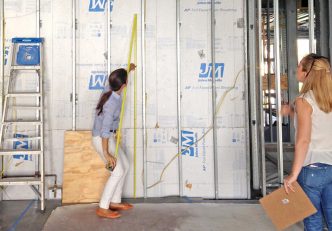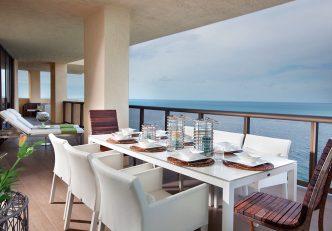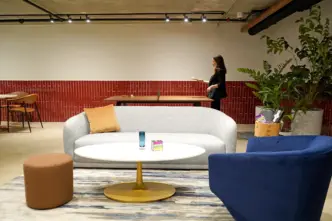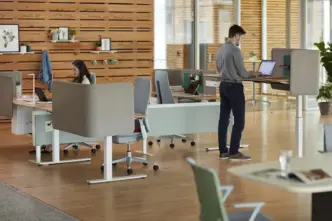Design Basics with DKOR: Kitchen Dimensions and Materials
Design Basics tell you that kitchens are the most technical and hence the most expensive room in a house?! Studies show that it is also the space where families spend most of their time. So, you want your kitchen to feel good for your family, and of course look good… but without breaking the bank!
One way to make sure you don’t go over budget is to plan well your design project. From reviewing which layout you want, knowing what dimensions to respect, then starting to hone in your material selections and even checking you have enough lighting… There are quite a few things to review and plan for!
Whichever kitchen layout you select (see our previous kitchen layout post here), there are basic dimensions that never change and need to be respected. In this room, ergonomics are so important! You have to consider clearances, but also heights, to make sure your space is efficient but most importantly, safe for you and your family.
Design Basics: Basic Dimensions
Here are the most important numbers to keep in mind:
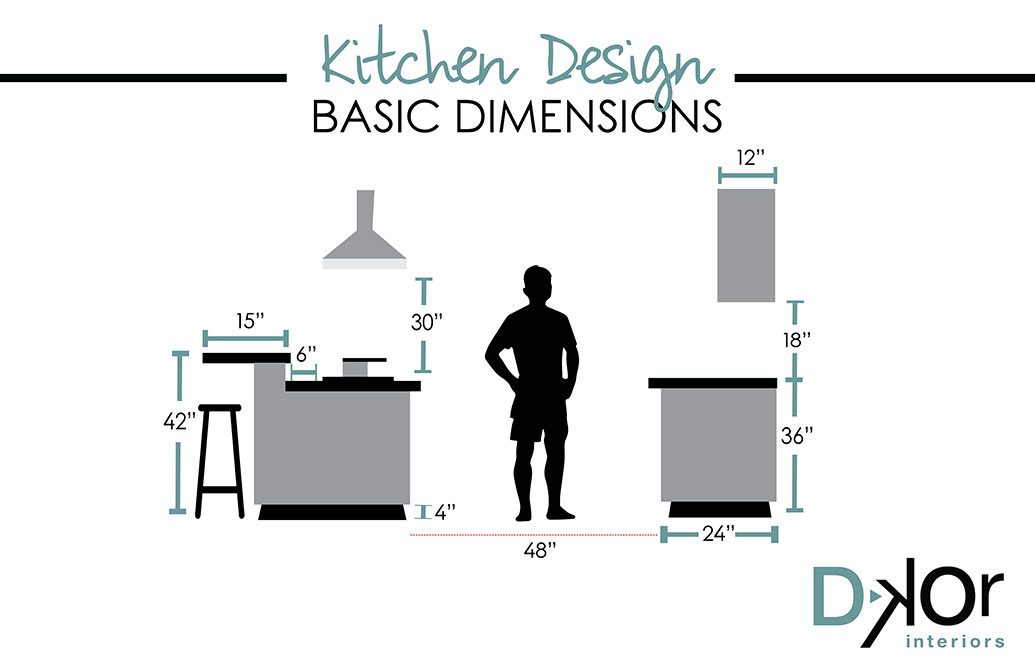
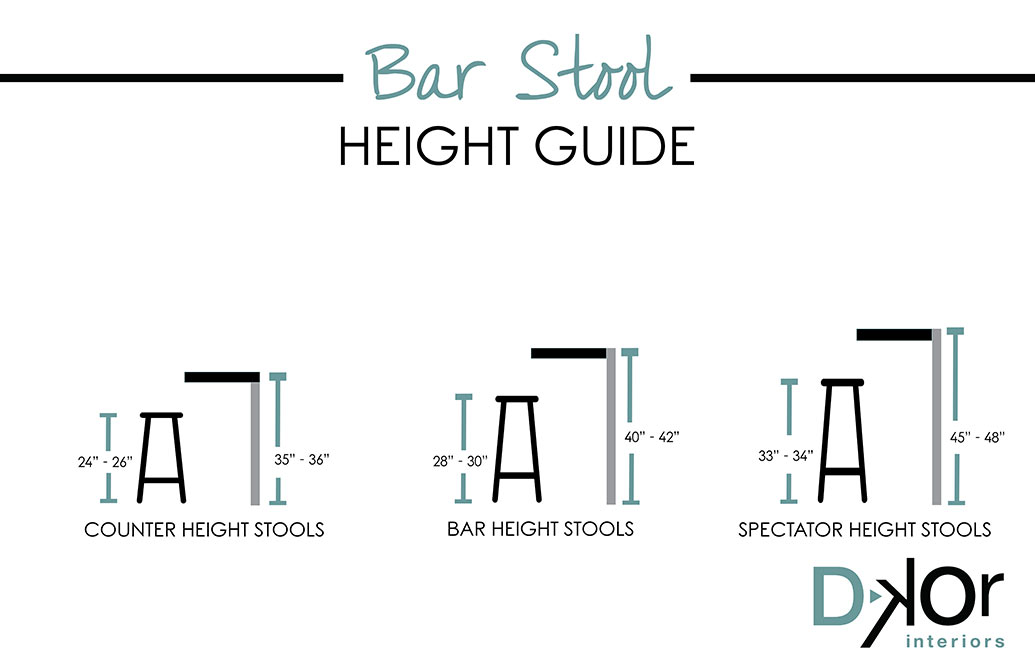
Check out our Pinterest account for more design basics. Our ID Tips | Our DKOR Tips board has some great graphics. They will help you remember important dimensions mentioned here.
Design Basics: Kitchen Materials
Now in terms of materials, there are three main items in a kitchen: the cabinetry, the countertops, and the backsplash. Materials will affect the overall look and can give your space a rustic or a modern twist, depending what you are looking for!
Cabinetry
For cabinetry, nowadays it is rare to have a kitchen design made out of solid wood. Most companies use modular carcass (cabinet box, or interior) constructed out of particle board or MDF ( Medium-density fibreboard) finished with a layer of plastic laminate, which are less expensive and just as durable! For an example, check out the kitchen design our Miami interior designers created for our oceanfront retreat project in Fort Lauderdale, Florida.
Two of the most popular finishes for doors are still wood veneers and simply solid colors. Lately, we see a lot of bleached or ashy woods, with textures. At DKOR Interiors, we like to mix the wood and solid color doors in one space, or even play with matte and glossy finishes. This adds contrast and interest. Take a look at the examples below:
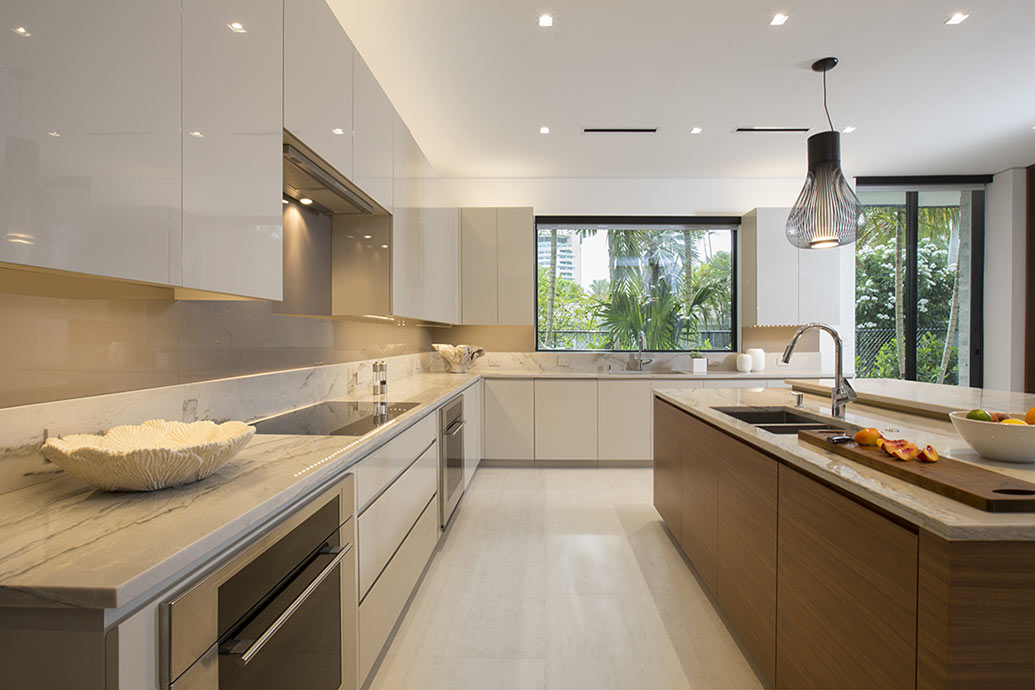
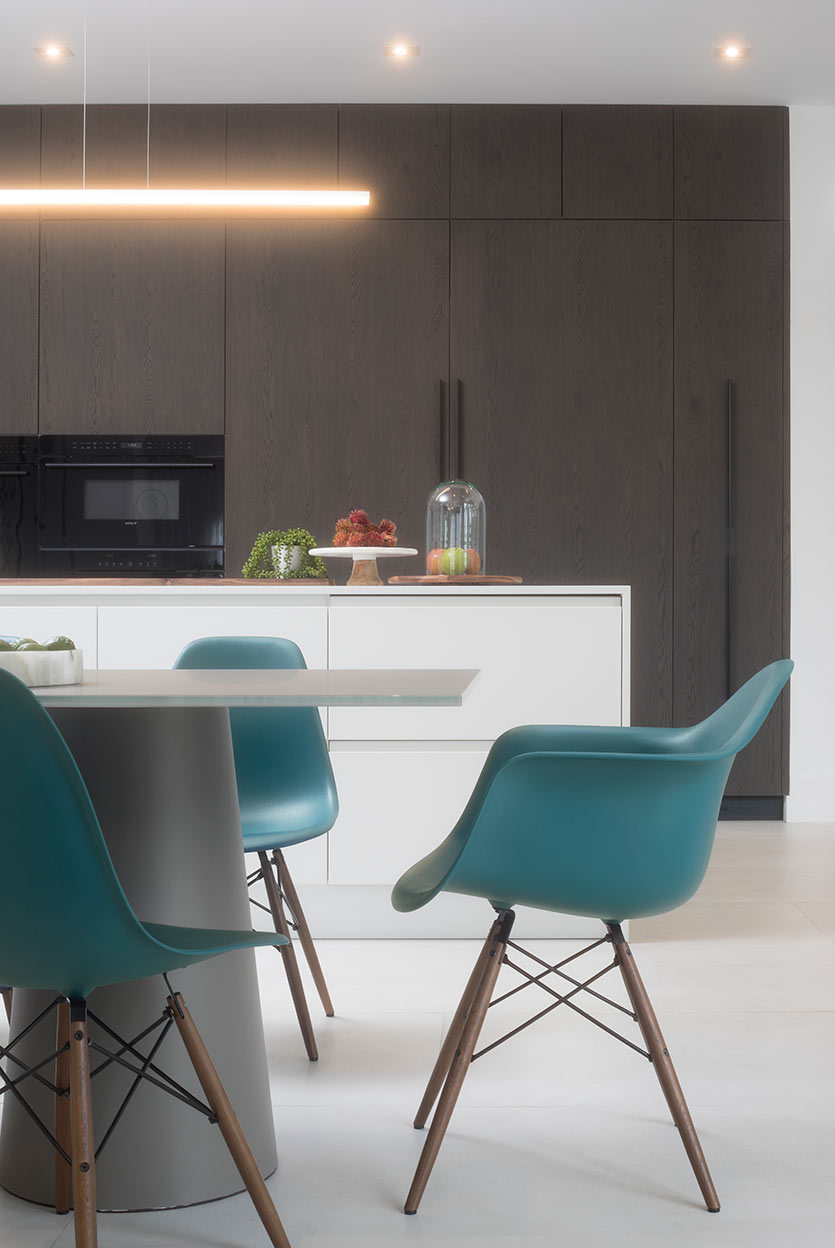
Countertop
For countertops, the strongest material is quartzite. But quartz, which is man-made, is almost as durable. Porcelain slabs have also made an entrance in the past years, and offer a good durability. The slab manufacturers showcase today a wide selection of colors and patterns.
Real marble has been fading away. We try not to use it as much, or only in accent areas where traffic is low. Marble is a porous material and can easily be stained.
As for colors and veining, the trend with stone counters is to go a little bolder than before. Forget the classic clean white marble, go for dramatic veining! We saw this design trend on Eurocucina 2018. Below is a kitchen look from Snaidero booth.
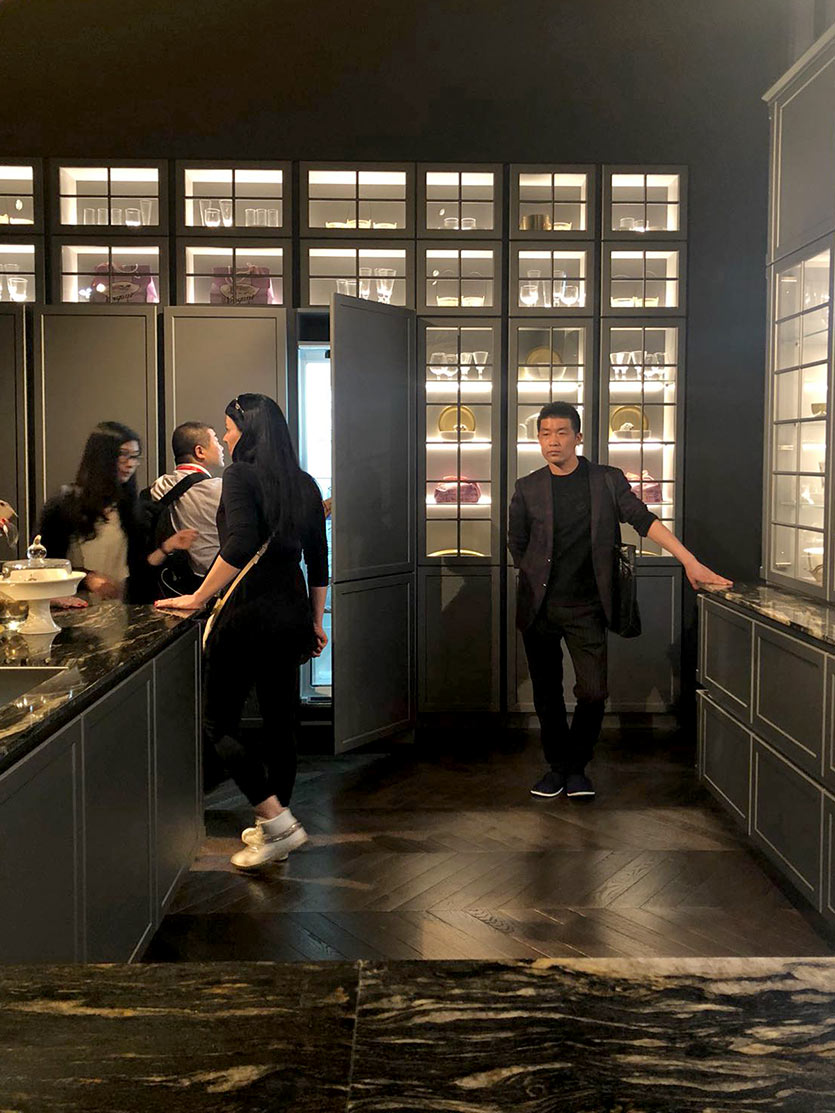
If you are looking for a different look, there are other countertop materials like wood or even Agathe. Wood countertops are popular in more rustic or transitional settings. As for the Agathe, we see a rise in popularity, but this material is not budget friendly. Watch out, because it can look tacky if not used correctly.
Backsplash
The last material could be the most important. It is often the backsplash that gives color and defines ultimately the style of your kitchen. Mosaics are the most popular backsplashes out there! Materials range from glass to ceramic, porcelain, metal and even wood. Large or small, vibrant with colors or monotone; the possibilities are endless. See a few examples we love below:
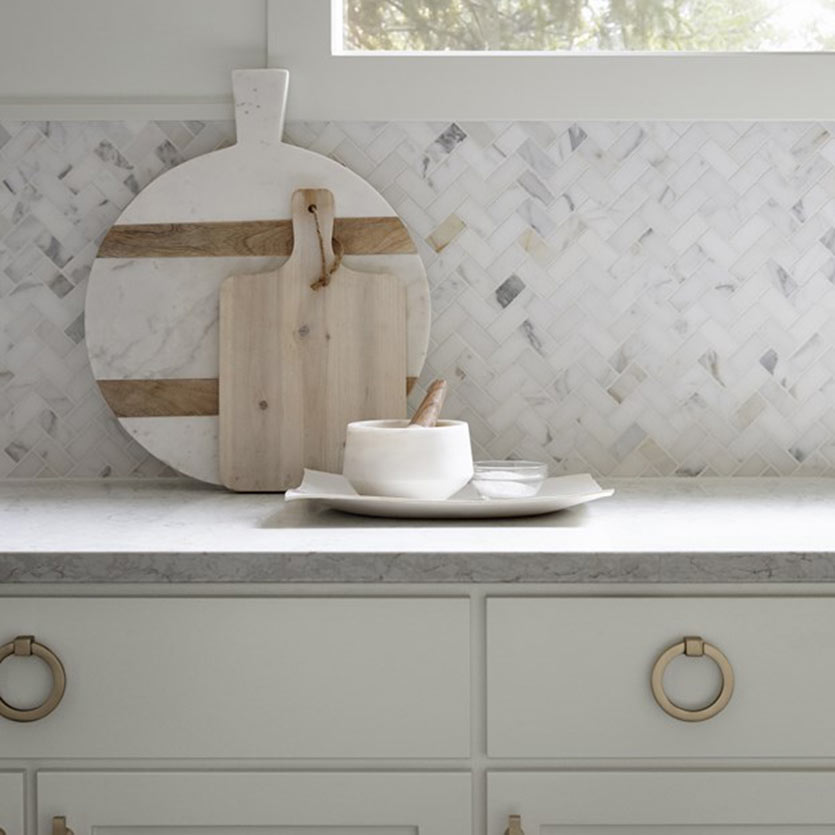
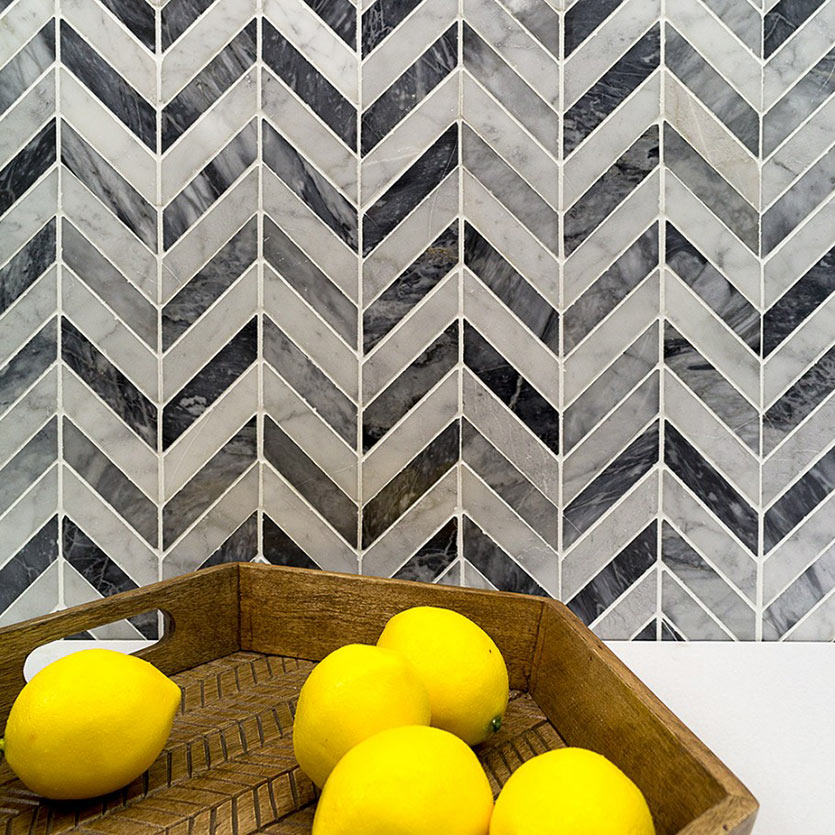
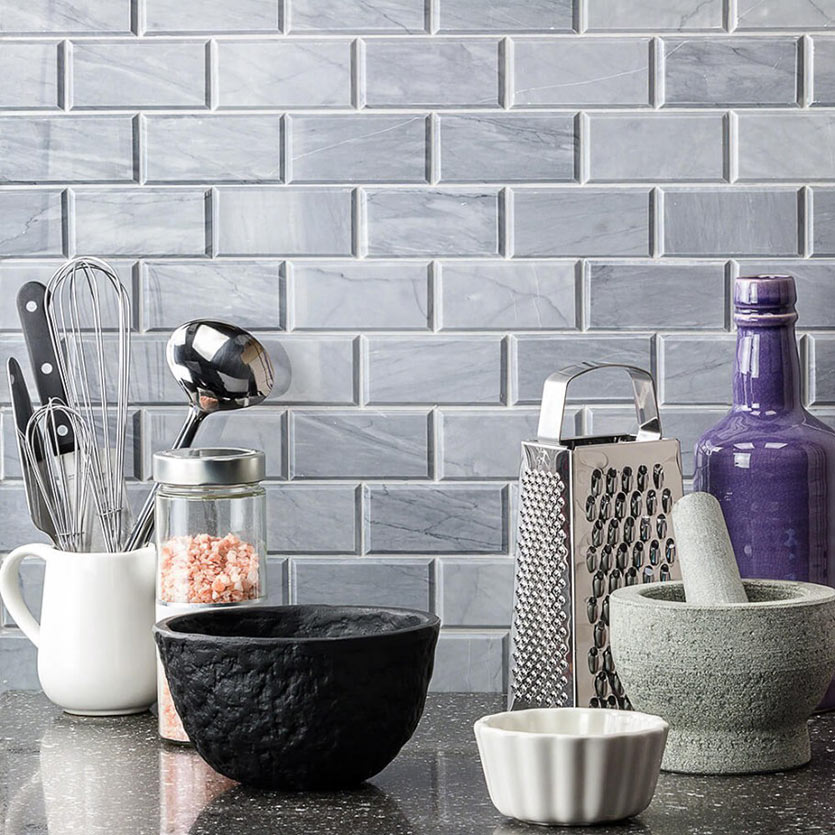
In general, the mosaics will give your kitchen a touch of transitional feel. At DKOR Interiors, we have had clients asking for contemporary kitchens. So we specified sleek back-splashes made out of stone slabs or wood panels. There are less seams, and it makes the backsplash feel more modern.
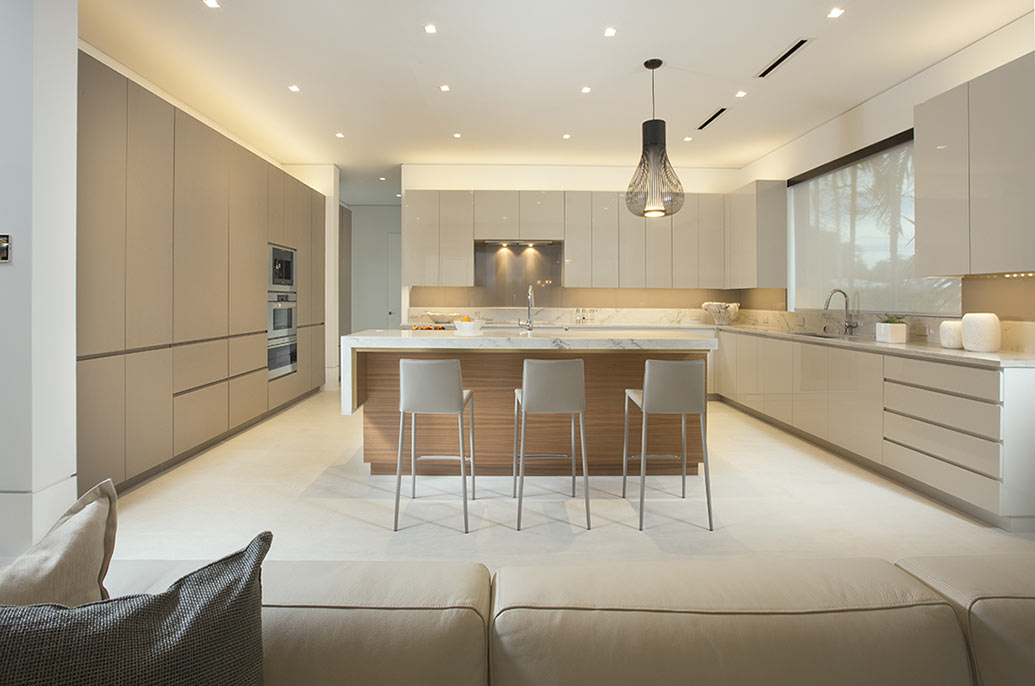
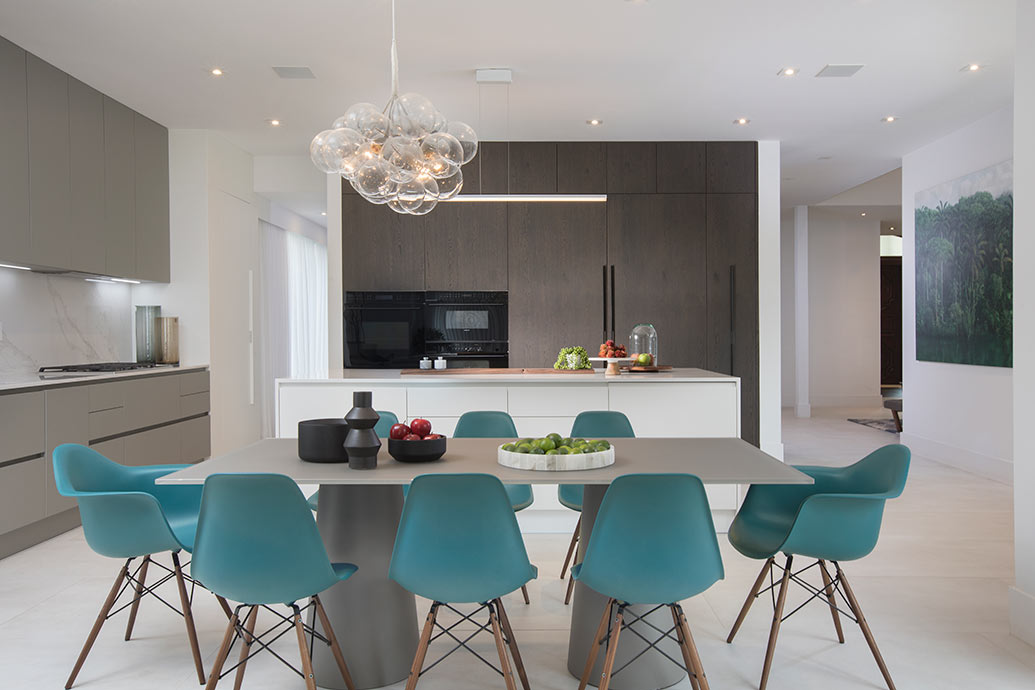
When it comes to the overall material selections for your kitchen space, make sure you select interesting handles or pull details to finalize your space. Nowadays we see a trend towards colorful metal finishes (such as brass, matte black, and bronze) versus the typical chrome finish. Don’t forget your toe kick color; do you want it to blend or contrast with the cabinetry? We have done both in the past, it’s all about what you want to accent!
Careful material selection and combinations are key to making this space a wow feature in your home. In general, we tend to choose a timeless color palette and material selection rather than a bold one, because we want this space to last.
We hope this design basics post helped you get an overview of the kitchen’s basic dimensions and materiality. Our next topic in this kitchen series will be about lighting, stay tuned!
Related Posts
Oceanfront Retreat: Kitchen and Breakfast Area Design
As inspired by Piet Mondrian’s concept and the De Stijl art movement, our oceanfront retreat kitchen and breakfast area design…


